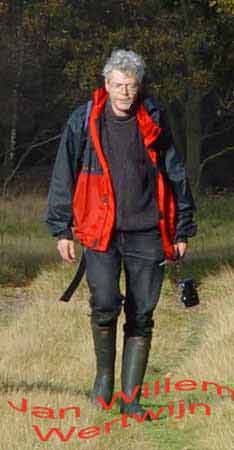It is not so easy to decide which field-marks are sufficient and efficient enough.
There are books full of field marks of species with really a lot of details.
Specialists do not look at them. Often, they know already from a distance what kind it is. How is that possible?
First of all, they already know the details. But more important,
often they look at the combination the habitat, the usage and one or two marks.
All the rest in fact is ballast (filling up details).
But is it ballast? On its own, it would be beautiful if all details of all species were brought together,
including a shift or elimination of what is, and what is not, important.
Anyway that does not exist. Even MycoBank.com is not that far.
Information seldom is equivalent. There is no world-wide description-protocol, there is no fixed description-format.
So, there is still a need for checking three or four different sources in literature,
to get all the information about the species.
On the one hand, it is logical. Field-marks sometimes are becoming important
due to different habitats, in another habitat they are senseless.
And by broadening the area of the website, more habitats are involved.
On the other hand, it is a strange experience to see that the same species in different
habitats can have outer forms so different from each other,
that the prototype you have in mind writing about some species, differs from the prototype elsewhere.
And what I am tasting now in the books of others, is exactly that same problem: what was their prototype in mind ?
And what was sufficient and efficient enough from their point-of-view ? And is it for me the same ?
Was it really redundant, the detail they skipped ? Or only for the habitat of their prototype ?
In the winter from 2011-2012 the chapter Stomach fungi
is dramatically changed and expanded. Other chapters will follow. From now on the fungi part of this website is focussing on the Amsterdam Area including the pleistocene neighbourhood (Het Gooi) and parts of the Northsea dunal coast.
This website's concern is the macroscopic approach, learning to see the field-marks of species. This website stops, where scientists go on.
Scientists (mycologists) use field-marks, too. After that they go further with microscopy and rna-detection to find out more.
|
|

